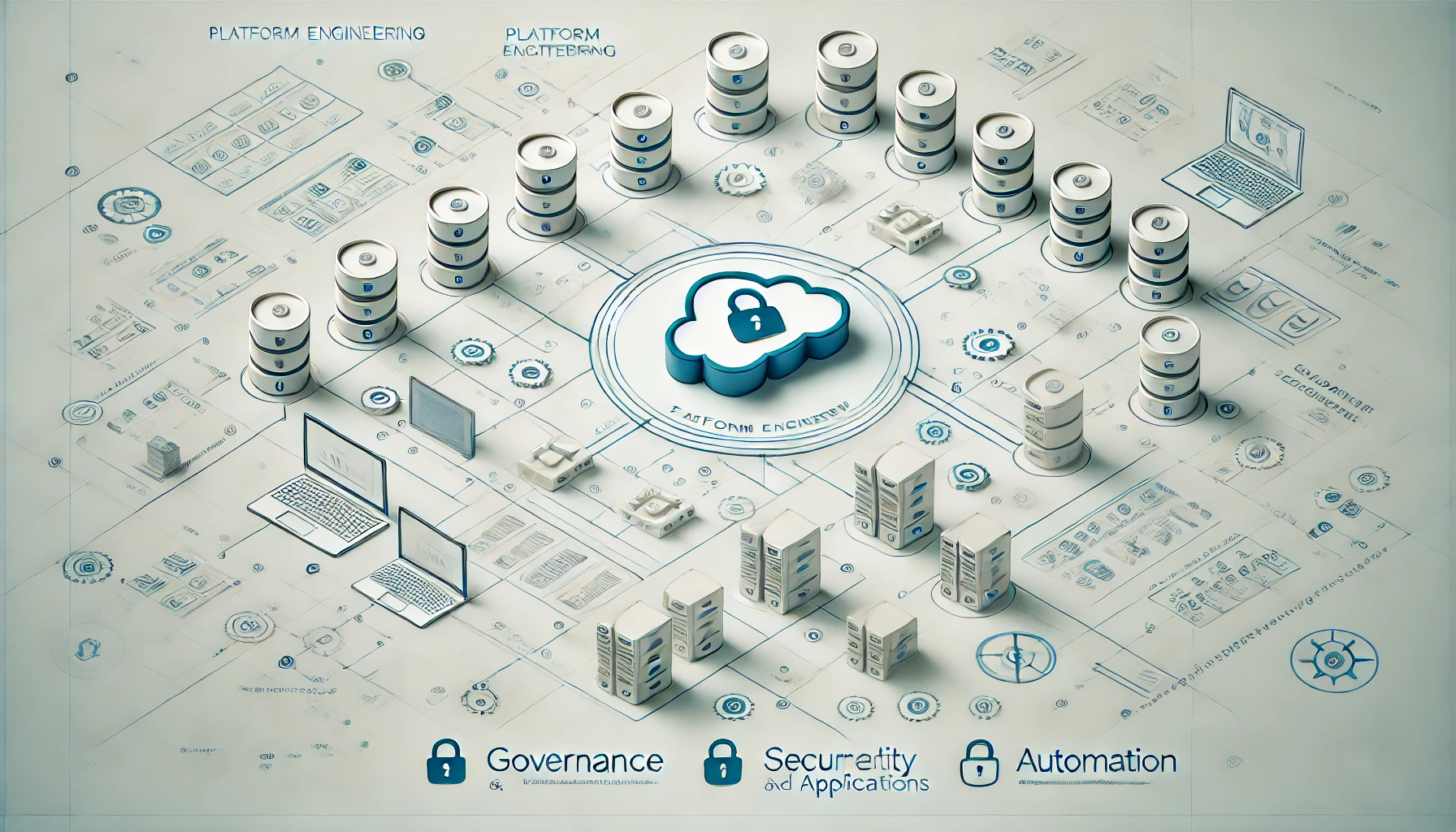Empowering the Future with Platform Engineering
 Ashutosh Rathore
Ashutosh Rathore
Introduction:
In the ever-evolving landscape of technology, organizations are constantly seeking ways to enhance efficiency, agility, and scalability. The advent of cloud computing has revolutionized the way applications are built and deployed, enabling organizations to leverage the benefits of scalability, cost-effectiveness, and flexibility. However, the rapid adoption of the cloud brought along its own set of challenges, including compliance, governance, and control. This is where the concept of platform engineering emerges as a solution, offering a unified approach to application infrastructure, governance, and shared services across the organization.
The Cloud Rush and its Drawbacks:
As organizations embraced the cloud, individual application development teams began hiring cloud engineers and DevOps specialists to migrate their applications and build cloud infrastructures. While this approach enabled quick migration and autonomy for application teams, it also led to fragmented governance, a lack of standardized practices, and challenges in managing costs and resources efficiently.
The Need for Platform Engineering:
Recognizing the limitations of the cloud rush, organizations have started realizing the benefits of adopting a common platform engineering approach. Platform engineering refers to the creation of a centralized platform that provides a shared infrastructure, standardization of practices, and governance across multiple applications within the organization. By establishing a common vision and a multi-cloud strategy, platform engineering offers a comprehensive solution to the challenges faced in the cloud era.
Benefits of Platform Engineering:
Standardized Practices:
Platform engineering promotes the adoption of standardized development, deployment, and operations practices across the organization. This ensures consistency, simplifies troubleshooting, and improves collaboration among teams.Efficient Resource Utilization:
By consolidating resources and sharing services across applications, platform engineering enables better resource utilization, leading to cost optimization and improved scalability.Governance and Compliance:
With a centralized platform, organizations can enforce governance policies, security measures, and compliance requirements consistently across all applications. This reduces the risk of data breaches and ensures regulatory compliance.Enhanced Collaboration:
Platform engineering fosters collaboration and knowledge sharing among application teams, cloud engineers, and DevOps specialists. This leads to cross-pollination of ideas, improved efficiency, and accelerated innovation.Future-proofing: By adopting a multi-cloud strategy, platform engineering future-proofs the organization, mitigating vendor lock-in risks. It enables teams to leverage the best features and capabilities from different cloud providers, maximizing flexibility and adaptability.
Building the Platform:
Building a platform engineering practice requires a systematic approach:
Define the Vision:
Establish a clear vision and goals for the platform engineering practice. Identify the key areas of focus, such as governance, standardization, security, and shared services.Design the Architecture:
Define the architecture for the platform, considering factors such as scalability, resilience, and interoperability. Ensure compatibility with multiple cloud providers to support a multi-cloud strategy.Implement Governance:
Develop a robust governance framework encompassing policies, procedures, and security measures. Implement monitoring and control mechanisms to enforce compliance and mitigate risks. Utilize policy as code to ensure consistent governance across infrastructure provisioning.Standardize Deployment:
Create a standardized deployment pipeline that incorporates infrastructure-as-code (IaC) practices, automated testing, and continuous integration/continuous deployment (CI/CD) processes. This streamlines application deployment and ensures consistency across teams.Enable Shared Services:
Identify common services and components that can be shared across applications. Examples include authentication services, logging frameworks, and monitoring tools. Implement self-service capabilities to empower application teams.
Conclusion:
Platform engineering presents a modern approach to building application infrastructures in the cloud era. By providing a unified platform, organizations can overcome the challenges of compliance, governance, and control, while fostering collaboration and enabling efficient resource utilization. As organizations embrace this new paradigm, cloud engineers and DevOps specialists play a crucial role in creating and
Subscribe to my newsletter
Read articles from Ashutosh Rathore directly inside your inbox. Subscribe to the newsletter, and don't miss out.
Written by
